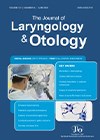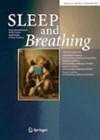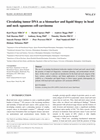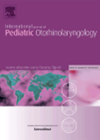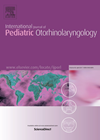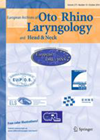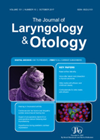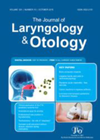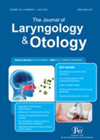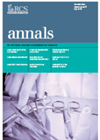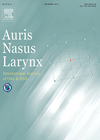
Journal Reviews
Infection and other factors influencing post-tonsillectomy haemorrhage
In this detailed narrative review article, the authors have addressed several factors which could be related to postoperative bleeding after tonsillectomy. As regards to microbiology, the significance of micro-organisms present both on surface and within the tonsils is emphasised and...
Does pregabalin help with post-tonsillectomy pain?
This is a small double-blind randomised controlled trial conducted on tonsillectomy and lateral pharyngoplasty operations. Both of these operations are terrifically painful, and I am sure most of us are looking for a way of reducing the suffering for our...
Tonsillectomy in or out?
Although tonsillectomy is the most common surgical act performed in ENT practice, there is still some concern about the safety of outpatient or day surgery scheduling, especially in adults. Although this has been common practice in many departments for some...
Predicting postoperative respiratory complications following paediatric adenotonsillectomy
This systematic review aimed to compare the presence of clinical features versus the polysomnography results in predicting major postoperative respiratory complications in children undergoing adenotonsillectomy for OSA. The study was prepared according to the PRISMA checklist. Overall 22 studies met...
Post-operative tonsillectomy bleeding with a normal clinical exam
Tonsillectomy is amongst the most common surgical procedures performed across the western world. For patients who report bleeding post-tonsillectomy, but have no clinical findings on examination, the management can be unclear. The accepted current management in most centres would be...
Do tonsillotomies have a higher revision rate than tonsillectomies?
Tonsillotomies have gained popular acceptance in children with sleep-disordered breathing (SDB) in recent years. Short-term advantages that have been shown in the literature include lower haemorrhage rates, shorter operation times and less pain. Evidence for long-term effects are sparse due...
Does ‘weekend effect’ alter post tonsillectomy haemorrhage rates?
Staffing levels are generally low over the weekends and senior physicians are less easily available. It is generally believed that this affects patients undergoing high-risk surgery. Whether doing tonsillectomy at weekends adds to the risks of post tonsillectomy haemorrhage is...
A comparison of cold dissection, coblation and diode laser tonsillectomy
Excellence in tonsillectomy is based on the time taken, blood loss and rapid recovery with minimal pain. In this study, 120 children underwent tonsillectomy by three methods, namely cold dissection, coblation and diode laser dissection in three randomly allocated groups...
Influence of atmospheric conditions on post tonsillectomy secondary haemorrhage
Haemostasis in epistaxis and a good few other conditions outside the field of otolaryngology seem to be affected by the weather. It is generally thought that dry and hot environment encourages secondary post tonsillectomy haemorrhage. Variations in water vapour pressure,...
Long-term outcomes after (adeno) tonsillectomy
Patient-reported outcome measures (PROMs) are used increasingly to fill an ‘evidence gap’ where healthcare rationing threatens particular treatments. Tonsillectomy is a long-established and effective treatment for recurrent tonsillitis and obstructive sleep apnoea (OSA) in children. The T-14 outcome measure examines...
Risk factors for post tonsillectomy bleeds
This paper reviews post-tonsillectomy bleeding in 692 patients and attempts to tease out risk factors. The overall bleed rate of 11.6% seems very high. The return to theatre rate was 2.6%. The paper identifies male patients and adult patients as...

